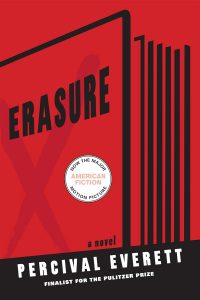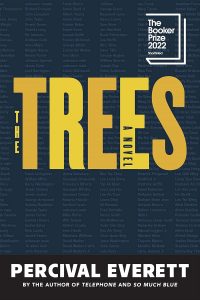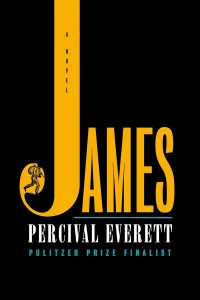There are few cultural realms more fraught with foot-in-mouth peril than racial identity, especially when it clashes with stereotypical expectations.

In “Erasure,” Thelonious “Monk” Ellison writes historical novels that are best known – if they are known at all – for their obscurity. Your books don’t sell, Monk’s agent tells him, because “the line is, you’re not black enough.”
Monk rankles. “I have dark brown skin, curly hair, a broad nose,” he says, “some of my ancestors were slaves and I have been detained by pasty white policemen in New Hampshire, Arizona and Georgia and so the society in which I live tells me I am black.”
Nonethelesss, Monk remains content to be his own version of Black until a first-time author writes a bestseller called “We’s Lives in Da Ghetto,” a cliché-ridden work peppered with street-corner patois and lauded by critics as “a masterpiece of African-American literature.”
Enraged by the crudeness of the book, Monk fumes and sulks until one night, alone in his mother’s house after just installing her in an assisted-living facility, fury drives him to write a parody of “Da Ghetto.” He finishes it in five days, titles it “My Pafology,” assigns himself the pseudonym of Stagg R. Leigh (a 19th century Black pimp). Of course, his agent loves it and gets Monk a hefty advance.
The imbalance between his minimum effort and his maximum reward forces Monk to confront himself: Is he the USC academic and remainder-table novelist who fly fishes, or is he a scribbling sellout who traffics in racial tropes to bank big money? Is he more Black as the latter than the former?
This is the fourth Percival Everett novel I’ve read (after “Telephone,” “The Trees” and “James,” this year’s National Book Award winner). All share what seem to be signature Everett characteristics: cleverness, intelligence, and characters who don’t betray the complexity of being human.
“Erasure” entertains, but also questions. It respects the reader by allowing irresoluteness to stand. It is a delight to read.
(“Erasure” gained fame last year with the release of the film “American Fiction,” which is based on the book.)


